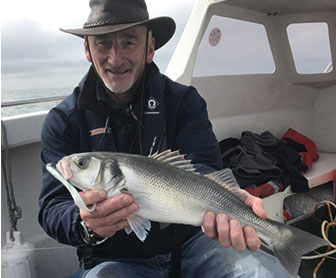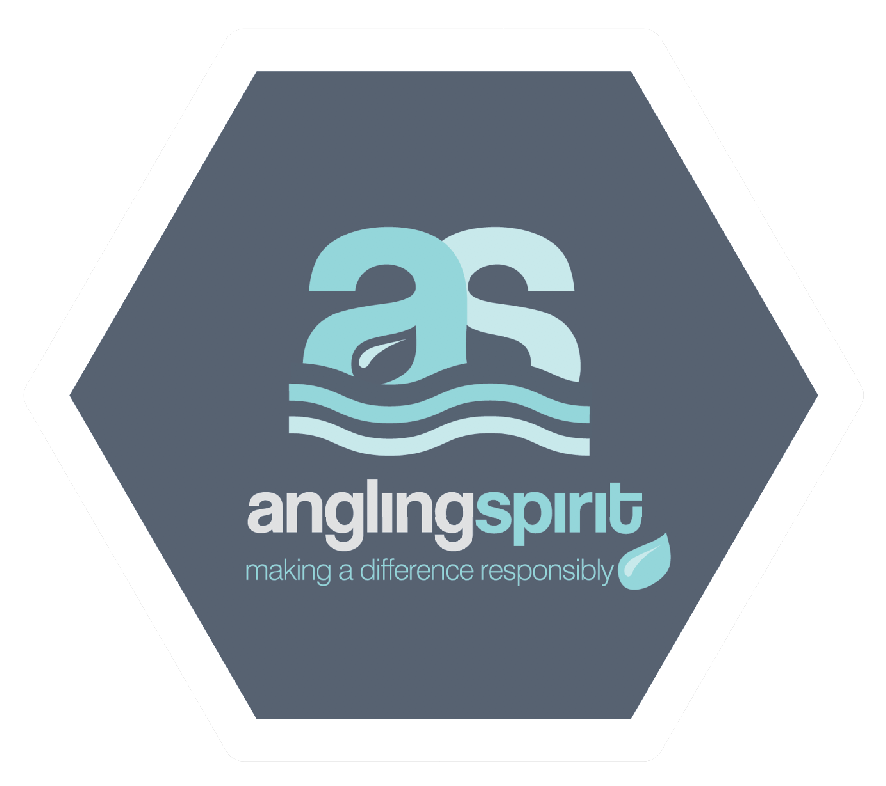We get thousands of pictures sent to us every year, by anglers, charter boat skippers, PR companies, tackle companies…you name it we get them. However, I can’t tell you the number of times I’ve had a picture of a cracking fish that I just couldn’t use for one reason or another. So, I thought a handy guide to getting it right would be useful.
Photographing fish Masterclass
Take pictures that will give you a better chance to be published
Light
Vital to get a great shot – getting the lighting balance right is one of the most important tips you’ll ever get. Ideally, all pictures would be taken on a bright sunny day with a blue sky but sadly as we all know many fishing days are not like that at all. If it is sunny make sure you get the sun behind you when taking the photo. On dull days try and take the picture away from any backdrop that will help to darken the shot.

Tim Macpherson from Saltwater Boat Angling gives some tips on how to get a great snap of your fish
Holding the fish
Firstly, try and calm the fish – let it rest for a second and maybe cover its eyes. Remember getting the hook out can be time-consuming so take the picture with the hook in it, especially if you have used a bright-colored lure.
When holding the fish try and keep fingers out of the shot. Ask the angler to hold the fish from behind, maybe with a finger in its gills and firmly on the wrist of the tale. Push it away from the body slightly.
For big elasmobranchs, I would recommend holding it by the tail and head with the nose down/tail up in front of the angler. Giving it a better sense of scale. With flatfish, I’d recommend holding them head up tail down.
Holding the fish at an angle can create depth, and angling your fish in the right way can also avoid sun blowout.
Make sure the fish is in good condition when you photograph it – cod which have two-tone skin tone or pollack with wide-open mouths or swim bladders hanging out
Don’t: dangle the fish from a hook
Don’t: photograph fish covered in blood
Don’t: Take pictures of large amounts of dead fish on the deck
Do: Make sure you get the WHOLE fish in the picture

Framing and background
Make sure the backdrop and framing around the angler is clear and well balanced. Try to take the shot on the level so it doesn’t look like the sea is running at 15%. As mentioned earlier blue sky is always best, failing that a neutral consistent background is always preferable. Try to make sure there is nothing in the background to distract from the shot, including other anglers, clutter from the wheelhouse, or anything else.
Tackle
Watch out for the classic rod sticking out of the ear moment, very common!!. If you are going to include the trace or lures get the subject to hold it all well clear of the fish – preferably against a clear background, with nothing else to mask the line or smaller bits of tackle. You can consider including the rod or a lure which can give the picture some flair but don’t go overboard. Less is more and too much is distracting.
Hats, eyes, and Sunglasses
Ideally, the subject should be hatless, looking at the camera, and without sunglasses on. However, there are times when hats and glasses add to the shot. As a general rule, make sure the eyes aren’t shaded by the hat, the subject is looking at the camera, and most important of all – SMILE!
Freshness, clutter and mess
Avoid at all costs blood, guts, dead fish, cut bait, and any other clutter from getting in any of the shots. There will be times when you might want to show the bait used but try to ensure it’s not an unrecognisable mess or a distraction.
Be Prepared
Have your camera ready before going fishing. You’ll get better much better photos if you don’t have to mess around while wrestling with a fish on the deck. Get the settings right and make sure it’s got a clean lens with no smears or water in it.
Think videos
Investing in a smart camera/mobile holder might also be a good investment as nowadays making a video is as easy as taking a picture. These new holders follow your movements. The great thing is that you can push the play button right from the start of the action down, taking as many poses as you want quickly, and keeping also possibly a souvenir of the fish safely swimming away. Back at home you now have time to select the perfect still pictures.
Remember no matter what happens on deck, fish welfare comes first, release it immediately if it shows any signs of distress.





